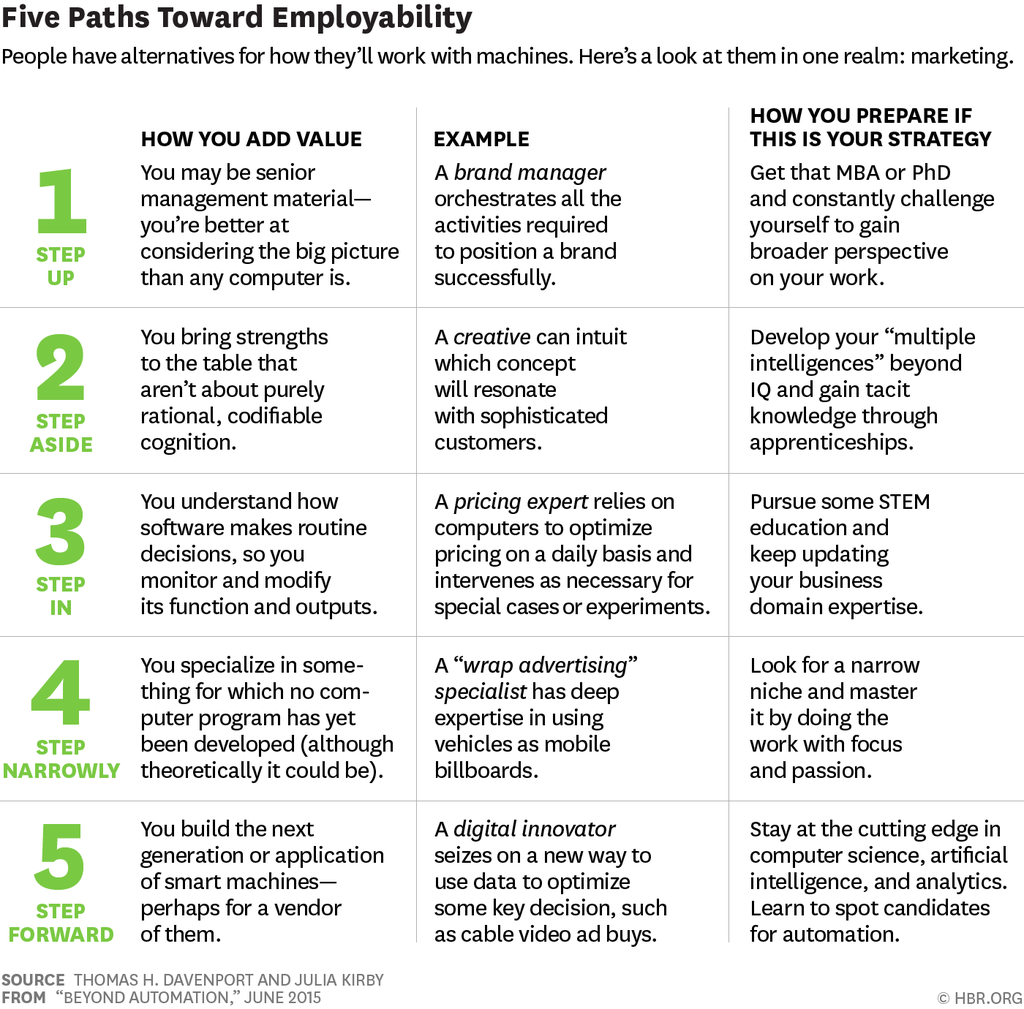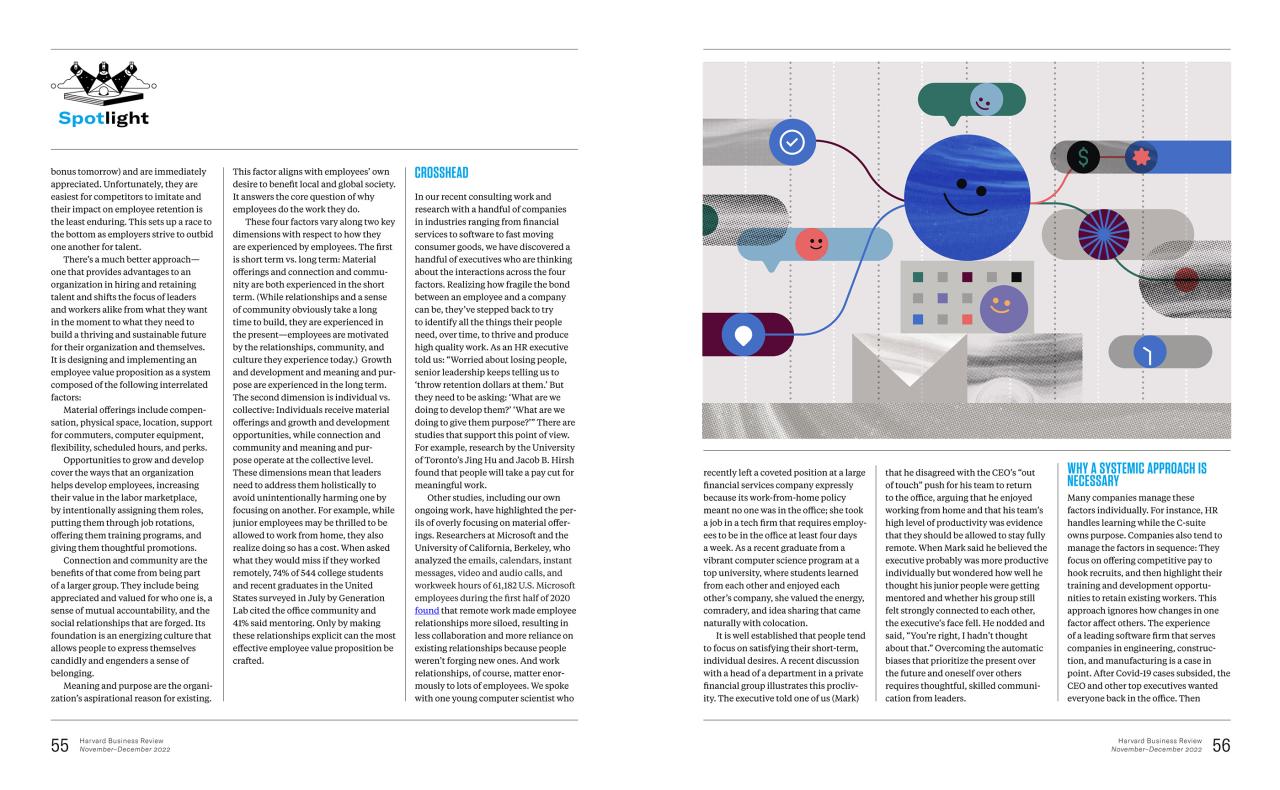How to reference Harvard Business Review? Mastering the art of citing HBR articles, case studies, and other content is crucial for academic integrity and effective research communication. This guide unravels the complexities of Harvard referencing for HBR publications, providing clear examples and addressing common pitfalls. Whether you’re grappling with in-text citations, bibliography entries, or navigating different access methods, we’ll equip you with the knowledge to confidently cite your HBR sources.
From understanding the nuances of citing multiple authors to handling online versus print sources, this comprehensive guide provides a step-by-step approach to accurate referencing. We’ll cover various HBR content types, including articles, case studies, podcasts, and videos, ensuring you can properly cite any HBR material you encounter. We’ll also explore potential challenges, like dealing with missing information or unofficial sources, and offer practical solutions to ensure accuracy and avoid common errors.
Handling Different HBR Access Methods: How To Reference Harvard Business Review

Referencing Harvard Business Review (HBR) articles requires careful attention to the source of access, as this impacts the citation format. The core elements remain consistent—author, date, title, journal title—but the retrieval information varies depending on whether you accessed the article through a university library, a subscription service, or a search engine. Accurate and consistent referencing is crucial for academic integrity.
HBR Articles Accessed Through a University Library Database
When accessing HBR articles via a university library database (e.g., JSTOR, EBSCOhost), include the database name and URL in your citation. This provides crucial context for locating the source. The database acts as an intermediary, providing access to the article. Failure to include this information may hinder verification of your source. For example, a citation might look like this: Smith, J. (2023). The future of work. *Harvard Business Review*, *101*(2), 45-52. Retrieved from [Database Name URL]. Remember to replace bracketed information with specifics.
HBR Articles Accessed Through a Subscription Service
Similar to university databases, subscription services (like individual HBR subscriptions) require inclusion of the access method in the citation. This clarifies how the article was accessed. The URL is typically not included unless it’s a unique, persistent link. Instead, focus on the subscription service provider’s name. For example: Jones, A. (2022). Leading through change. *Harvard Business Review*, *100*(5), 78-85. Accessed through [Subscription Service Name].
HBR Articles Found Via Online Search Engines
Accessing HBR articles directly through search engines like Google or Bing presents a unique challenge. While possible, it’s less reliable for consistent access. If you cite an article found this way, include the URL as the retrieval information, recognizing that the URL may become inactive over time. This makes verification more difficult for your readers. For example: Brown, K. (2021). Building high-performing teams. *Harvard Business Review*, *99*(3), 22-30. Retrieved from [URL]. Always prioritize using a stable, reputable source whenever possible.
Challenges in Referencing HBR Content from Unofficial Sources and Suggested Solutions
Using unofficial sources like unverified websites or personal blogs that host HBR content introduces significant challenges. The accuracy and integrity of the content cannot be guaranteed, and the lack of verifiable metadata makes accurate citation difficult or impossible. The primary solution is to avoid using these sources for academic work. Always retrieve articles directly from the HBR website or through reputable databases. If you encounter a potentially problematic source, cross-reference the information with a verified HBR publication to ensure accuracy. If you cannot find a matching official publication, it’s best to exclude the source entirely.
Visual Aids for Harvard Business Review Referencing

Visual aids can significantly improve the understanding and application of Harvard Business Review referencing. Clear, concise visuals simplify complex information, making the process less daunting for researchers and students. This section explores how visual representations can clarify key aspects of HBR referencing.
Visual Representation of a Harvard Business Review Citation
Imagine a simple, rectangular box divided into three clearly labeled sections. The top section, labeled “In-text Citation,” shows a small example of how an HBR article would be cited within the body of a text (e.g., (Smith, 2023)). The middle section, labeled “Bibliography Entry,” contains a more detailed example of the full bibliographic entry, using bullet points to highlight key components such as author, year, title, journal title, volume, issue, and page numbers. The bottom section, labeled “Key Differences,” uses a short, comparative table to highlight the differences between the in-text citation and the full bibliography entry, emphasizing brevity versus completeness. This visual immediately clarifies the relationship between these two essential elements of referencing.
Elements of a Well-Formatted Bibliography Entry for an HBR Article
A well-formatted HBR bibliography entry should be visually organized for maximum readability. Imagine a clean, left-aligned entry. The author’s last name and initial(s) are presented first, followed by the year of publication in parentheses. The title of the article is then presented in sentence case, followed by the title of the journal (Harvard Business Review), italicized. Next, the volume number is presented, followed by a comma, and then the issue number. Finally, the page range is provided. This clear, sequential presentation enhances comprehension and consistency. For example: Smith, J. (2023). The impact of AI on business. Harvard Business Review, 101(2), 45-58.
Infographic Illustrating In-Text Citations and Bibliography Entries, How to reference harvard business review
An effective infographic could use a split-screen design. One side would showcase in-text citations, emphasizing their brevity and placement within the text. Simple examples, using different citation styles within the same text (e.g., parenthetical and narrative citations), could be shown. The other side would depict bibliography entries, highlighting their comprehensive nature and alphabetical arrangement. Arrows could connect related in-text citations to their corresponding bibliography entries, illustrating the cross-referencing process. A color-coded key could further distinguish key elements within each citation type, such as author names, publication years, and titles. This visualization would clearly communicate the complementary roles of in-text citations and bibliography entries.
Visual Guide for Formatting Different HBR Source Types
A visual guide could utilize a flowchart-style diagram. The starting point would be “HBR Source Type,” branching into categories like “Articles,” “Case Studies,” “Working Papers,” and “Books.” Each branch would lead to a box containing the correct formatting style for that source type, using color-coding or different font styles to highlight key elements. Each box would contain a clear, concise example of a properly formatted citation, following the Harvard referencing style. This approach offers a step-by-step guide to navigating the complexities of different HBR source types, simplifying the referencing process.






